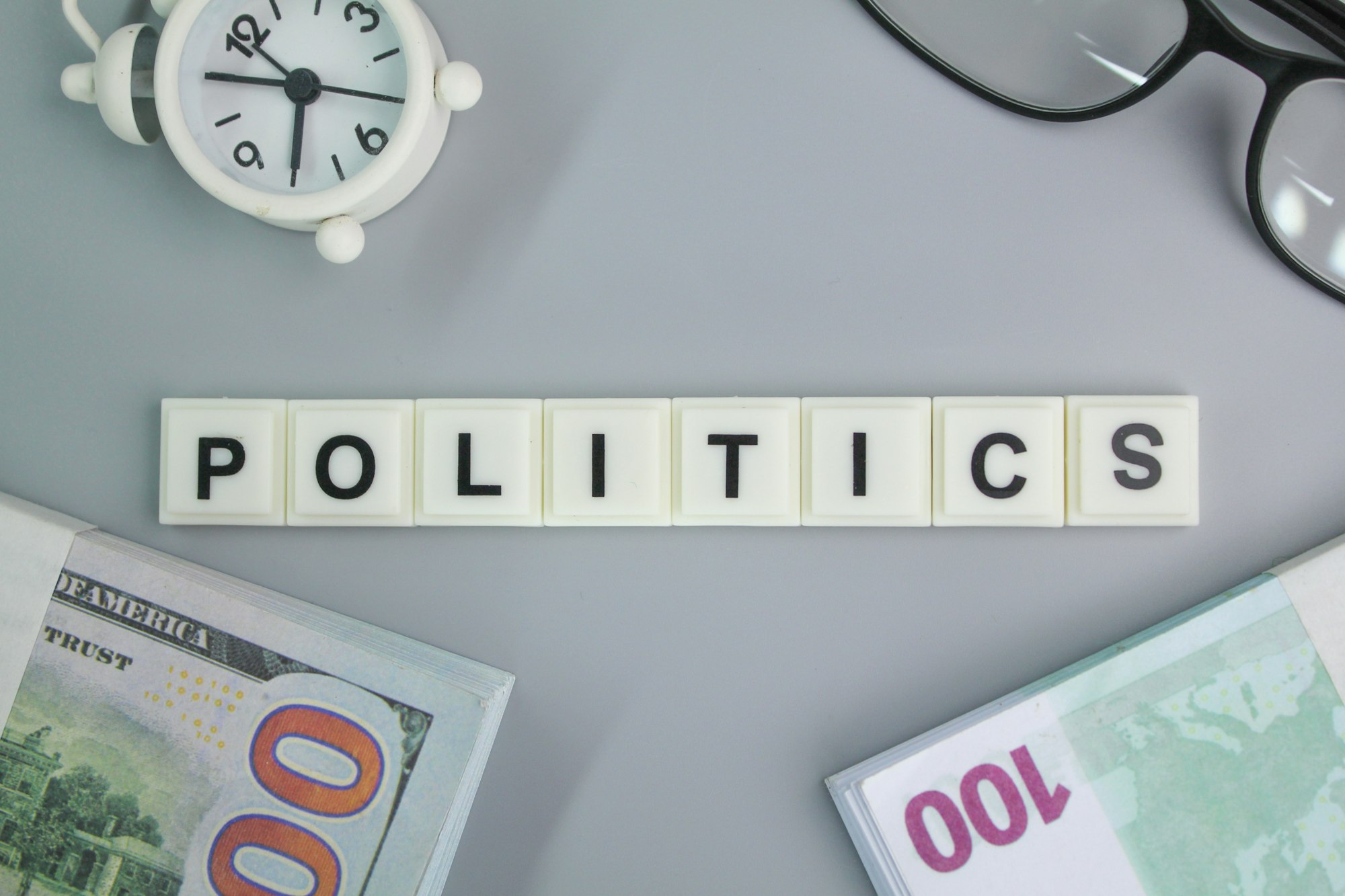In politics, appearances can often weigh as heavily as facts. This concept is vividly illustrated in the continuous debates about crowd sizes at political events. These disputes go beyond mere numbers; they represent larger narratives about authority and influence. Recently, the spotlight has turned to former President Donald Trump and Vice President Kamala Harris, with their crowd size differences illuminating these broader issues.

The Importance of Crowd Sizes in Political Influence
Politicians use crowd sizes as a barometer of their popularity. A large turnout is seen as a strong indicator of support, whereas a smaller crowd might suggest waning enthusiasm. Such perceptions can influence polling results, fundraising campaigns, and the overall energy of a political campaign. As a result, politicians and their teams often strive for large crowds and may even inflate numbers to project a more favorable image.
The focus on crowd sizes was notably emphasized in 2017 when then-President Trump and his administration claimed his inauguration audience was the largest in history, despite contrary photographic evidence. This claim was widely criticized but also highlighted the significant emphasis politicians place on public perception.
Trump vs. Harris: A Contemporary Crowd Controversy
The latest controversy between Trump and Harris continues this theme. Reports have emerged that Trump accused the media of downplaying the numbers at his rallies while inflating those at Harris’s events. Trump’s frequent critiques of the media for what he sees as biased coverage align with this pattern.
Conversely, Harris generally avoids engaging in crowd size discussions, focusing more on her policy initiatives and vice-presidential duties. However, debates about her event turnouts raise questions about her appeal and position within the Democratic Party.
Media’s Role in Shaping Political Images
The media significantly impacts these perceptions. Their portrayal of political events and crowd sizes can sway public opinion and influence a politician’s campaign trajectory. Positive media portrayals can enhance a politician’s image, while negative ones can be detrimental.
In Trump’s case, his ongoing criticisms of the media fit into a broader strategy of portraying himself as a victim of biased reporting, which can reinforce his connection with his base by portraying a narrative of unfair treatment.
In conclusion, the ongoing debates over crowd sizes are more than just numerical disputes—they are reflective of deeper struggles for influence and public favor in the political sphere. As long as public opinion plays a crucial role in electoral success, these controversies are likely to persist.

Frequently Asked Questions
1. Why do crowd sizes matter so much in politics?
Crowd sizes are often used as a visible indicator of a politician’s popularity and support. Large crowds can be interpreted as a sign of strong public backing, while smaller crowds might suggest a lack of enthusiasm. This perception can affect how a politician is viewed in polls, influence fundraising efforts, and impact overall campaign momentum. Politicians often strive to attract large audiences and may exaggerate numbers to project a stronger image.
2. What recent controversy involved Donald Trump and Kamala Harris regarding crowd sizes?
Recently, Donald Trump accused the media of underreporting the sizes of crowds at his rallies while inflating the numbers for Vice President Kamala Harris’s events. Trump has a history of criticizing the media for biased coverage, and this latest dispute follows that pattern. In contrast, Harris generally avoids engaging in crowd size debates and focuses more on policy issues and her vice-presidential duties.
3. How does media coverage affect the perception of crowd sizes and political events?
Media coverage plays a crucial role in shaping public perception of political events and crowd sizes. The way the media reports on these factors can either enhance or damage a politician’s image. Positive media coverage can boost a politician’s standing, while negative or misleading coverage can hurt their public perception. In Trump’s case, his criticisms of the media align with his broader strategy of portraying himself as a victim of unfair reporting.
Sources CNN


